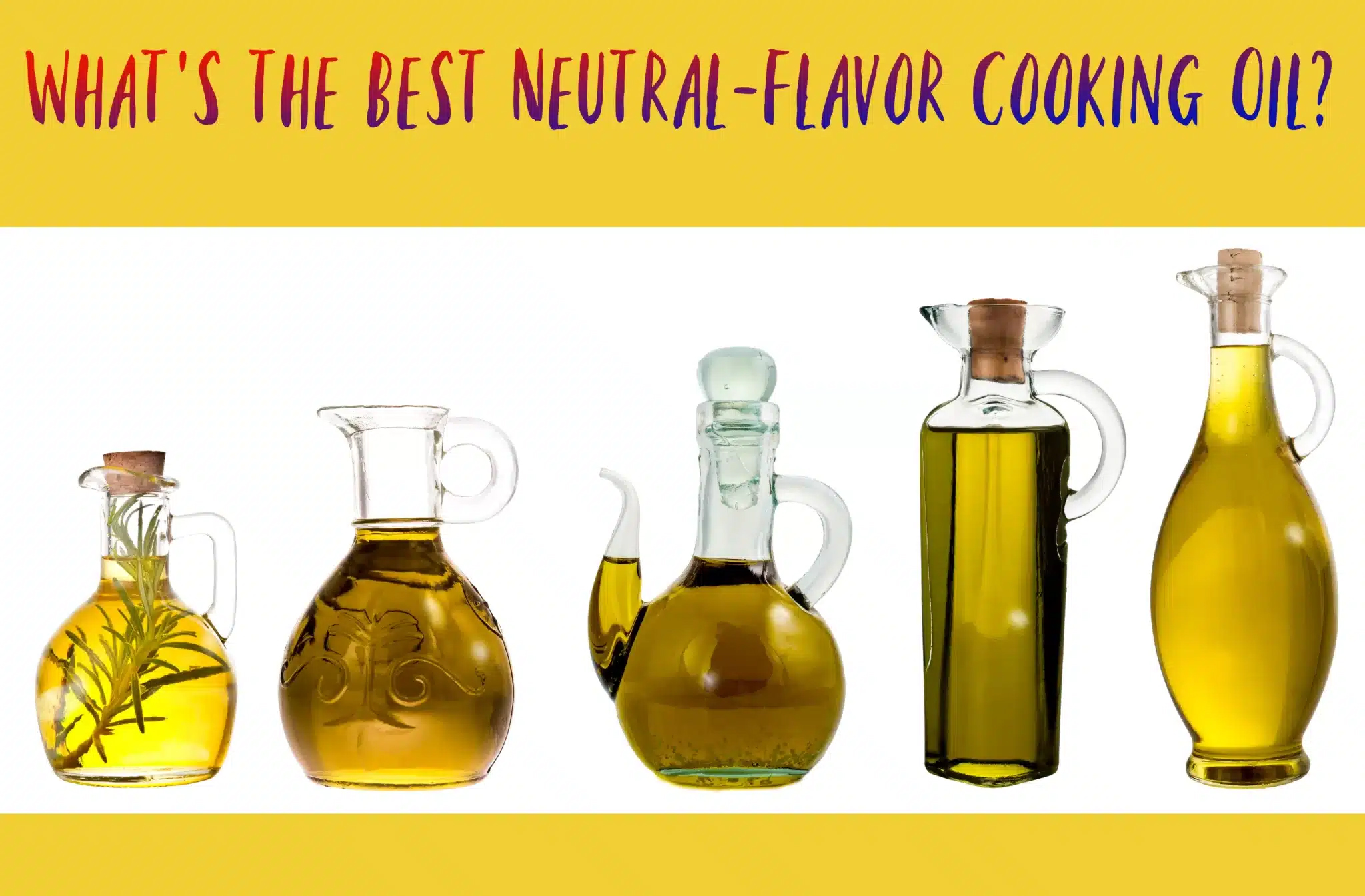
Introduction:
Neutral cooking oils has gained popularity in recent years for its versatility and health benefits. Unlike traditional cooking oils that carry distinct flavors, neutral cooking oil allows the natural taste of ingredients to shine through without imparting additional flavors. This introduction explores the characteristics and advantages of neutral cooking oil, highlighting its role in enhancing culinary experiences.
In the realm of culinary arts, the choice of Neutral cooking oils serves as a crucial determinant in shaping the flavors, textures, and overall palatability of dishes. Amidst the myriad of options available, the concept of neutrality in cooking oils has gained prominence, ushering in a new era of versatile and balanced culinary experiences. This essay delves into the significance of neutral cooking oils, exploring their characteristics, applications, and the impact they have on contemporary gastronomy.
:max_bytes(150000):strip_icc()/GettyImages-1157191165_Westend61-2000-1d876004056c42d78c42ecc503677081.jpg)
Neutral cooking oils
Neutral cooking oils
Neutral cooking oils, characterized by their subtle taste and aroma, play a pivotal role in allowing the intrinsic flavors of ingredients to shine. Olive oil and sesame oil, for instance, boast distinctive profiles that can influence a dish significantly. However, neutral oils such as canola oil, grapeseed oil, and vegetable oil exhibit a remarkable ability to maintain the purity of flavors, making them ideal canvases for a diverse range of culinary creations.
One key attribute of neutral oils is their high smoke point, a quality that enhances their suitability for various cooking methods. The smoke point, the temperature at which an oil begins to break down and produce visible smoke, is a critical factor in determining the cooking technique best suited for a particular oil. Neutral oils, with their elevated smoke points, are well-suited for high-temperature methods like frying and sautéing, ensuring that the oil remains stable and does not impart undesirable flavors to the dish.
In the context of health-conscious cooking, neutral oils offer a favorable nutritional profile. Canola oil, for instance, is renowned for its low saturated fat content and high levels of heart-healthy monounsaturated fats. The neutral nature of these oils makes them adaptable to a variety of dietary preferences, accommodating both traditional and contemporary health-conscious lifestyles.
The versatility of neutral cooking oils extends beyond the savory realm, finding a place in the world of baking. The neutral profile allows these oils to seamlessly integrate into sweet recipes without overshadowing the delicate flavors of cakes, cookies, and pastries. Bakers often turn to neutral oils as reliable ingredients, providing moisture and a tender crumb to a wide array of baked goods.
Furthermore, the economic considerations surrounding neutral oils contribute to their widespread adoption. Their neutral flavor profile makes them suitable for bulk cooking, where maintaining a consistent taste across large quantities is essential. Restaurants and catering services, for instance, favor neutral oils for their cost-effectiveness and ability to adapt to diverse culinary requirements without compromising on quality.
In conclusion, neutral cooking oils have become indispensable in the contemporary kitchen, serving as silent facilitators that allow the essence of ingredients to shine. Their versatility, high smoke points, health benefits, and economic viability make them a staple in both home kitchens and professional culinary settings. As we navigate the evolving landscape of gastronomy, neutral cooking oils stand as pillars of balance, supporting the art of cooking without overshadowing its inherent flavors.
Table of Contents:
Understanding Neutral Cooking Oil
. Definition and Composition
. Extraction Methods
. Common Varieties
Health Benefits of Neutral Cooking Oil
. Low in Saturated Fats
. High Smoke Point
. Rich in Essential Fatty Acids
Versatility in Culinary Applications
. Ideal for High-Heat Cooking
. Baking and Frying Applications
. Salad Dressings and Marinades
Comparative Analysis with Traditional Oils
.Flavor Neutrality
. Nutritional Comparison
. Culinary Adaptability
Choosing the Right Neutral Cooking Oil
. Consideration of Smoke Points
. Nutritional Profiles
. Culinary Preferences
Storage and Shelf Life
. Proper Storage Techniques
. Shelf Life Guidelines
. Avoiding Rancidity
Recipes and Cooking Tips
. Neutral Oil-Based Recipes
. Substitution Tips
. Cooking Techniques
Consumer Trends and Market Outlook
. Increasing Demand
. Market Innovations
. Future Prospects
Conclusion
. Recap of Key Advantages
. Culinary Impact
. Future Developments in Neutral Cooking Oils




